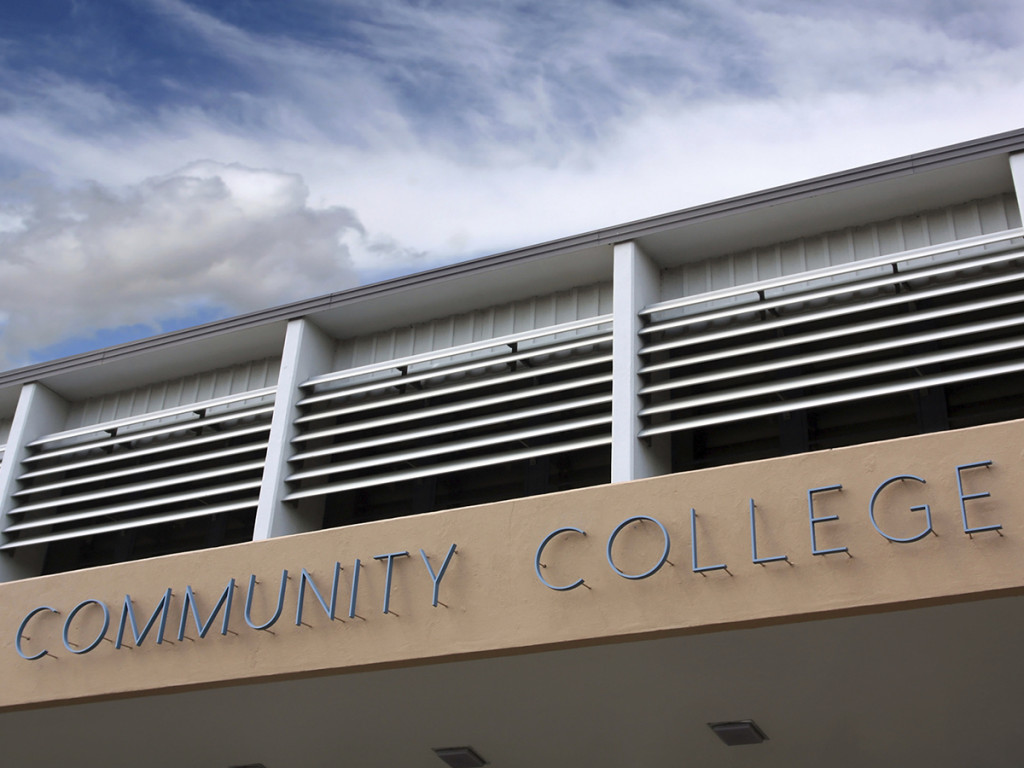
The University of California and the California Community Colleges (CCC) system have approved a collaborative effort to increase UC enrollment of community college students over the next three years through expanding campus outreach and Transfer Pathways, a program dedicated to setting transfer students on course to major in popular fields, such as computer science, history and psychology. $2.6 million in funds from the CCC Board of Governors will be used toward improving the transfer process for community college students.
This change is welcome and is in the spirit of public education, as many students start at a community college to avoid the higher tuition costs associated with universities. Part of the University of California’s mission statement begins by stating, “The distinctive mission of the University is to serve society as a center of higher learning.” In this way, facilitating more transfer students, some who started their higher education at a community college due to financial constraints, will serve society by increasing access to knowledge and education for a greater portion of society.
Another aspect that the UC prides itself on is diversity, and this collaboration will hopefully serve to increase diversity by facilitating a greater inclusion of transfer students and students from poorer socioeconomic stratas. The collaboration, in addition to aiding California students from poorer backgrounds, also aims to increase enrollment for veterans and active-duty members of the military, which is a great step forward to serve those who served our country.
This proposal also works to serve California residents, since the collaboration is between California community colleges. In this way, plans to increase out-of-state enrollment that we have opposed will not be as successful. This shift of priorities — moving away from the higher fees paid by out-of-state students in favor of California transfer students — better serves the goal of public schools, which is to provide an affordable education. Focusing on courting more out-of-state students closes the door on California residents who want to pursue an affordable education within their home state.
In addition, these changes will hopefully serve to ease the burden placed on students attending community colleges, which tend to have more impacted classes and less support staff — making transferring harder than it should be. This will hopefully be alleviated, as part of the “$2.6 million in funds” that will be put toward deploying outreach representatives to underserved regions and training community college counselors in the steps students need to take to pursue a UC education. Transfer rates to a four-year school from community colleges are at a dismal three in 10 rate, and hopefully the additional training and outreach programs can do more for students who have the skills and desire to transfer to a UC, but lack the guidance needed to navigate the challenge that is transferring.
Though all of us are attending a UC school, this issue hits close to home for many of us. Several Riverside residents have undoubtedly driven past Riverside City College (RCC), and members of the Highlander staff have personal friends who attend RCC or other community colleges.
These students deserve the same opportunities as all of us, and facilitating this change can offer a better future, a second chance and a first-class education to those who weren’t privileged enough to go directly from high school to a four-year college. Public education becomes more and more expensive with each passing year, and this collaboration marks a bold step forward for the UC system to own up to its promise of providing affordable education. If transferring from a community college becomes a more stable, viable option, more students may choose that path, avoiding thousands of dollars in students loans and reducing their debt upon leaving school.
College is difficult. There’s more responsibility, tougher classes, less guidance and a need for better self-control. Adding thousands of dollars in debt by attending a four-year college directly or having an unclear future by attending a community college is just adding to those burdens.
It’s time we lighten the load on community college students.








